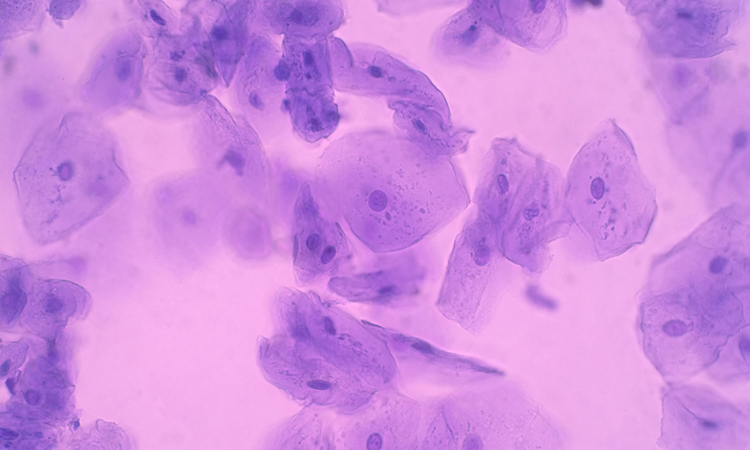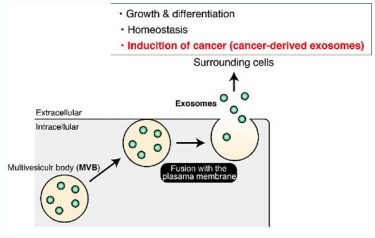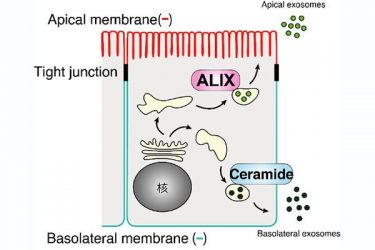Epithelial cells found to communicate in two distinct ways
Posted: 10 May 2021 | Victoria Rees (Drug Target Review) | No comments yet
Epithelial cell communication depends on the side of the cell, which could have implications for understanding how cancer spreads.


The cells that line the surfaces of organs or specific tissues, called epithelial cells, appear to communicate in two different ways – one for either side of the cell, according to a new study. The findings could have implications for understanding how cancer spreads and potentially for advanced treatments, the team from Tohoku University, Japan, say.
The team examined epithelial cells from a kidney model. The cells release particles called exosomes that carry bits of the cells themselves or information about the cells. The proteins and other genetic information in the exosomes can then influence how other cells behave or function. In healthy individuals, such an information exchange could help the immune system mount a more tailored approach to an invading pathogen. However, some diseased cells, such as cancer, can release exosomes that make healthy cells less resistant to invasion.
“Single cells are known to release various kinds of exosomes, but very little is known about the mechanisms by which they are produced and released,” said Professor Mitsunori Fukuda, lead researcher of the study. “In this paper, we found that epithelial cells asymmetrically release two distinct types of exosomes with distinct protein compositions.”
Biomarkers aren’t just supporting drug discovery – they’re driving it
FREE market report
From smarter trials to faster insights, this report unpacks the science, strategy and real-world impact behind the next generation of precision therapies.
What you’ll unlock:
- How biomarkers are guiding dose selection and early efficacy decisions in complex trials
- Why multi-omics, liquid biopsy and digital tools are redefining the discovery process
- What makes lab data regulatory-ready and why alignment matters from day one
Explore how biomarkers are shaping early drug development
Access the full report – it’s free!


Secretion of exosomes and their role in cell-to-cell communication. Intraluminal vesicles within the MVB (green circles) are released as exosomes to the extracellular space, and the released exosomes affect surrounding cells [credit: Tohoku University].
The researchers developed a purification method to separate out exosomes based on their protein makeup. They found that exosomes released from the apical side of the cell, which faces an external space or lumen, were modulated by ALIX, a protein related to the particle formation inside the cells. Exosomes released from the basolateral side of the cell closest to other tissues and neighbouring cells were triggered by ceramide, a fatty molecule. They also found that depleting ALIX and ceramide reduced the number of apical exosomes and basolateral exosomes released, respectively.


Two distinct mechanisms of exosome production. ALIX and ceramide differentially control formation of apical and basolateral exosomes, respectively [credit: Tohoku University].
The team say the results could help elucidate the cell-to-cell communication that allows cancer to migrate and put a stop to it.
“It will be interesting to investigate how cancer cells use two distinct mechanisms of exosome production during cancer progression,” Fukuda said. “Since exosomes from cancer cells are involved in their progression, our findings could lead to the discovery of new drugs for treatments for cancers in the future.”
The study was published in EMBO Reports.
Related topics
Disease Research, Immunology, Molecular Targets, Oncology, Protein
Related conditions
Cancer
Related organisations
Tohoku University
Related people
Professor Mitsunori Fukuda








